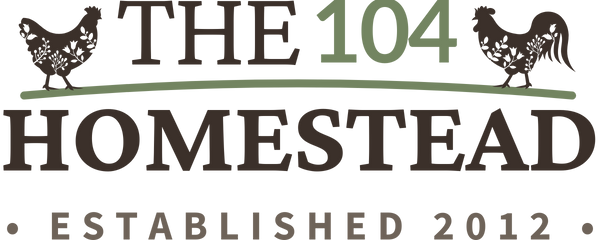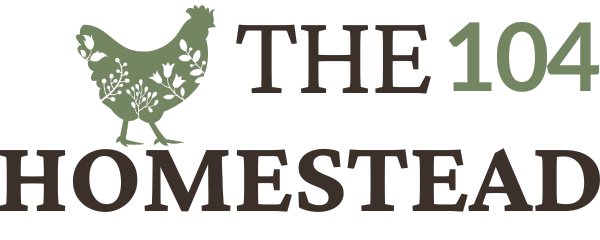Improve Your Garden with These 8 Permaculture Herbs
Discover 8 essential herbs for your garden that enhance ecosystem health, attract beneficial insects, and minimize maintenance efforts.
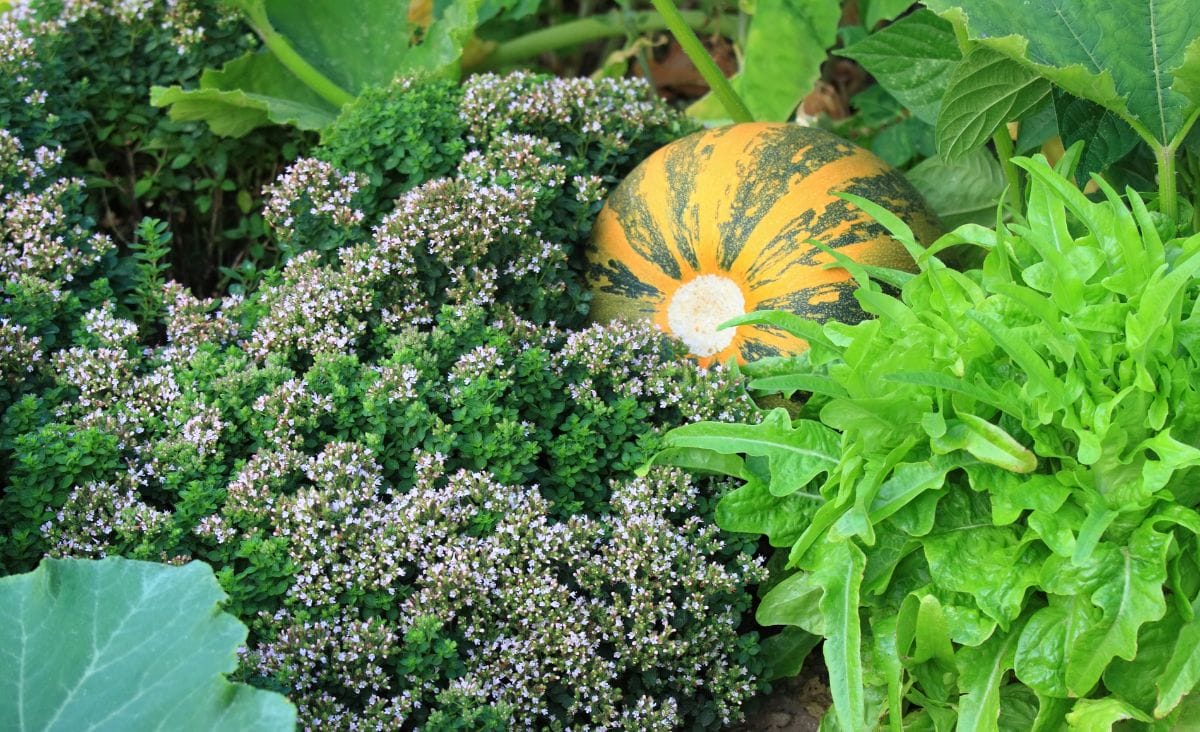
Permaculture is more than a gardening trend; it’s a sustainable lifestyle that mirrors the natural world. This approach has transformed how we view our gardens, emphasizing ecosystems that are both self-sustaining and highly productive.
In the heart of such gardens, herbs play a pivotal role, offering myriad benefits from enhancing soil fertility to attracting a host of beneficial insects. Let’s delve into the world of permaculture and explore eight indispensable herbs that promise to elevate your garden’s vitality and yield.
What is Permaculture?
Before launching into eight super-cool permaculture herbs, let’s talk about permaculture. What is it? In general, permaculture is an ecological design science that is modeled after nature and used to create sustainable human settlements.
While permaculture is useful in urban planning and infrastructure discussions, its real bread-and-butter is in designing efficient and regenerative landscapes. Consider a forest, which is a highly productive environment. Tall trees, small trees, shrubs, herbs, ground covers, and vines all naturally live together in a seemingly chaotic manner.
No one weeds, fertilizes, sprays pesticides, or rakes up leaves in the forest. Yet miraculously, the forest produces nuts, fruits, herbs, medicine, and even mushrooms. In permaculture, we seek to design garden systems that mimic natural systems like the forest or prairie to get a productive yield without having to do so much work.
This is good news for the busy gardener!
How to Use Permaculture in the Garden
Water Catchment
There are a lot of ways to use permaculture techniques to improve the efficiency of our gardens and reduce the amount of work we have to do. Rainwater catchment is one important example. In order to reduce time spent irrigating, permaculture designers use earthworks such as swales to direct and manage water in the landscape.
We created a swale-and-rain-garden system in our front yard garden.
Fruit Tree Guilds
In addition to water, permaculturists seek to create combinations of plants that work together, much like all those plants growing together in the forest. These groups of plants work synergistically together, each offering the other something it needs.
These groupings are called guilds. Guilds are most commonly used in permaculture for fruit tree production. A fruit tree guild will be underplanted with herbaceous plants that help fertilize, attract pollinators and beneficial insects, provide mulch, and deter pests. Ideally, a guild would include plants that achieve all these functions.
Herbs for the Permaculture Garden
Herbs help us create healthier garden ecosystems and reduce the amount of work, allowing us to have more time to sit and enjoy our garden! Herbs will fertilize, attract pollinators and beneficial insects, provide mulch, and deter pests. Without further ado, here are my top 8 most useful herbs to have in the garden.
1. Dandelion (Taraxacum officinale)
Say what? You want me to let this weed into my garden??? Surprisingly, dandelions, like many weeds, benefit our garden in many ways, the most important of which is fertilizer. Dandelions reach deep into the subsoil with those long taproots, dredge up important nutrients, and store them in their leaves. Dandelions excel at accumulating potassium, phosphorus, calcium, and a handful of other nutrients in their leaves, which are important for healthy plant growth. When those leaves die back or are cut back and left to decompose, they fertilize the soil.
I let dandelions grow in my vegetable garden, and it is common to encourage dandelions to grow in orchards under fruit trees. Dandelions increase earthworm populations, which is good for soil health. About once a month, I snip the leaves off and compost them in place, which also discourages the plant from flowering and going to seed. Dandelions are good, but I don’t need a dandelion garden!
Those nutrient-rich leaves aren’t only good for my garden and my soil, but they’re also good for me. Yep, dandelion greens are edible. I add the young, bright green spring leaves to the salad mix. Some market gardeners even cultivate a specific variety of dandelions with giant leaves as a crop. On purpose! Local chefs go nuts over it. You can even make dandelion root tea as a substitute to your morning cup of coffee. Also, apparently, so do chickens. Consider adding dandelion seed to your foraging seed mix.
As if that weren’t enough, dandelion also has medicinal uses. The dried root is an excellent liver and kidney tonic. If dandelions are left to flower, they will attract pollinators and beneficial insects. For all of these reasons and more, dandelion is one of my top 5 weeds to keep in the garden.
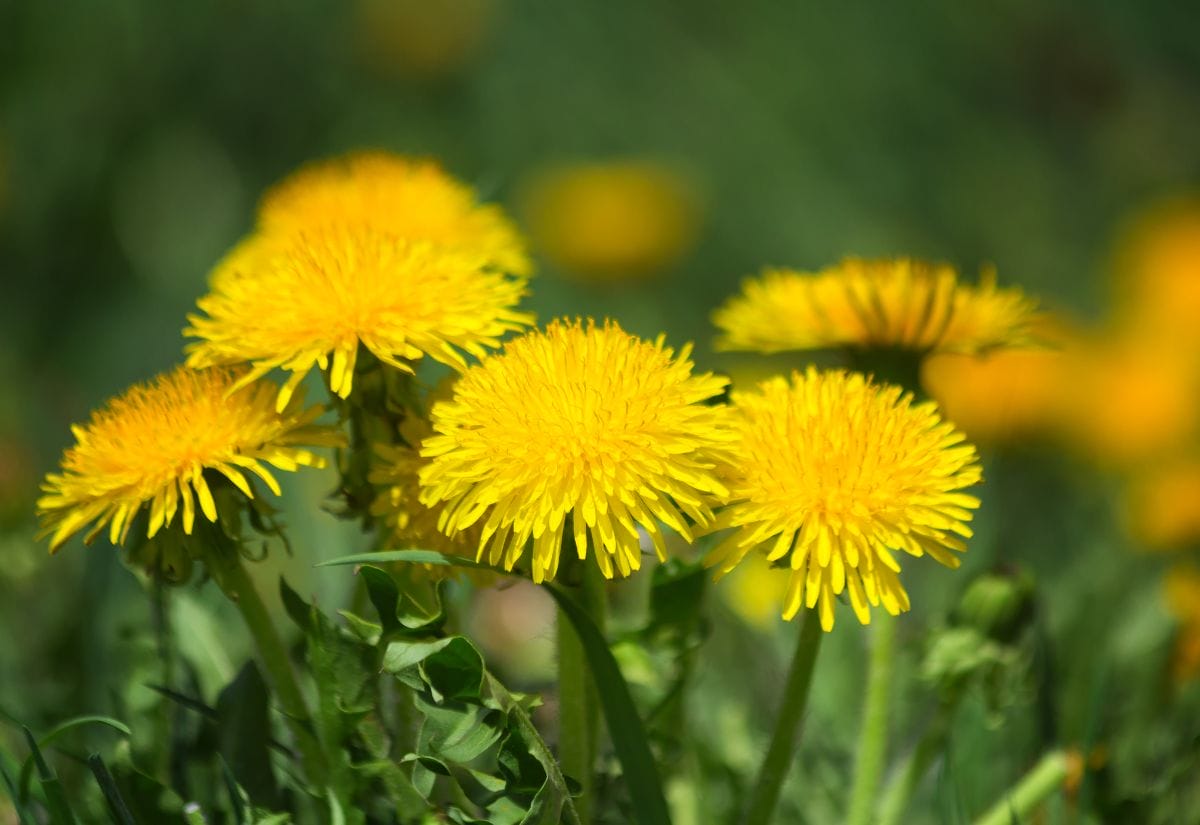
2. Yarrow (Achillea millefolium)
Ladybugs, hoverflies, parasitic wasps, and lacewings are just a few of the beneficial insects that adore the gorgeous flower known as yarrow. I plant yarrow in between every few rows in the vegetable garden. Its scent will confuse pests trying to hone in on your vegetable crops!
Yarrow is also a great fertilizer; its leaves are rich in potassium and phosphorus. When it finishes flowering in the fall, I chop it down and let it compost in place in the vegetable garden, or I add it to the compost pile. Yarrow will provide these same fertilizing and beneficial insect benefits under fruit trees.
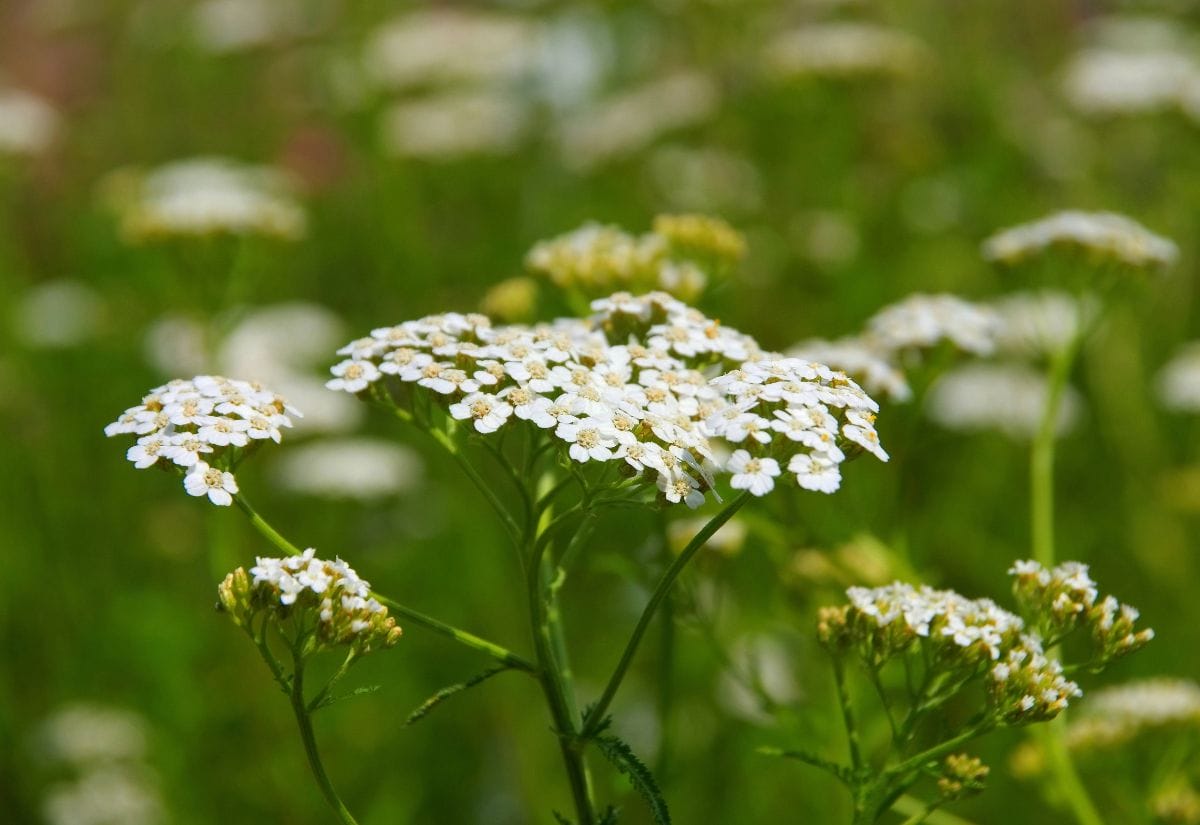
3. Fennel (Foeniculum vulgare)
Fennel is a gorgeous, strong-scented plant with lacy foliage. It is often paired with basil in an edible landscape. The fennel flower is umbel-shaped, like yarrow, and beneficial insects and pollinators love it. Fennel attracts ladybugs, hoverflies, parasitic wasps, and lacewings, and I’ve enjoyed seeing an increase in swallowtail butterflies in my garden.
I keep it at the edge of my vegetable and fruit gardens because it’s said that many crops do not grow well with it, but I mulch with it at the end of the season after I’ve harvested all the seeds because it’s a good accumulator of phosphorus.
One note: It’s important to harvest fennel seeds at the end of the summer so the plants don’t set seed everywhere. Cook with the seeds and give them away to your gardener friends for planting!
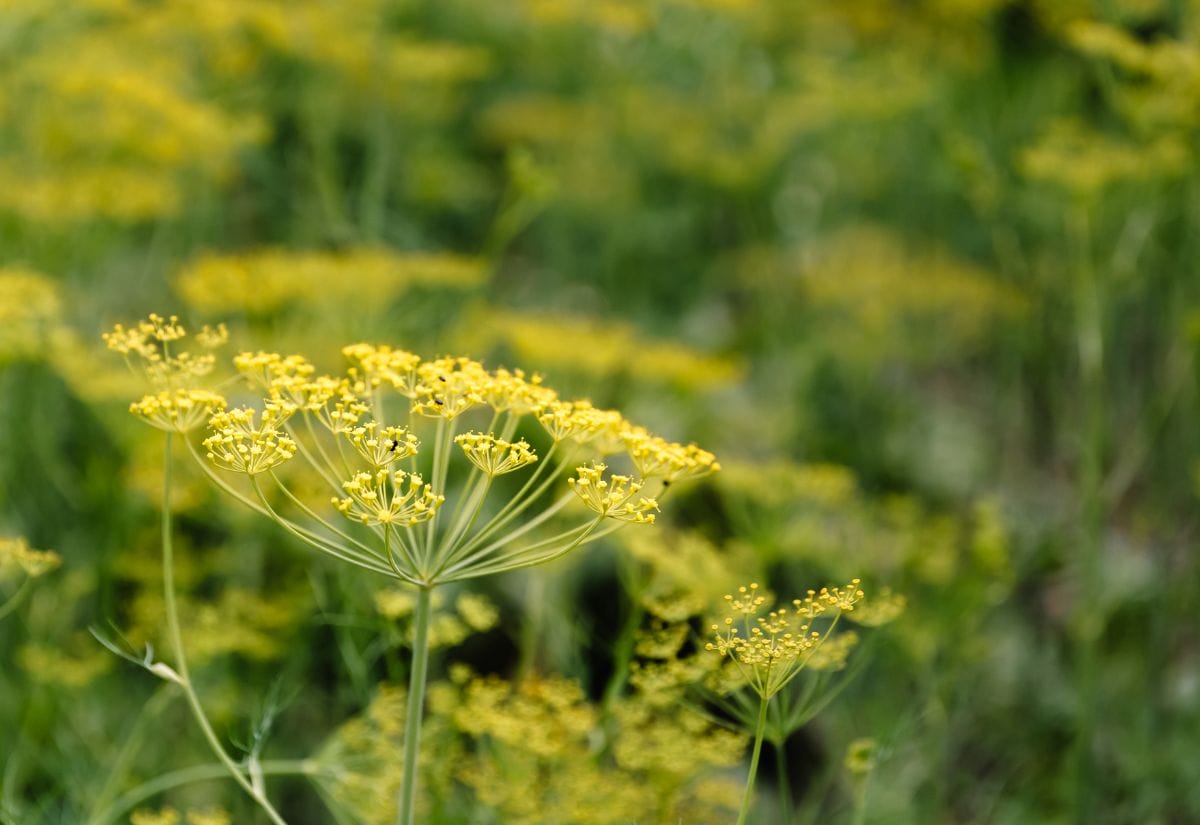
4. Chamomile (Chamaemelum nobile)
Not only are the dainty chamomile flowers cute as a button, they work hard for us in the garden. Chamomile has been called “the plant’s physician” because it supports and appears to heal almost any plant it is planted next to.
Chamomile is a fertilizer plant, with its roots dredging up potassium, phosphorus, and calcium. Mulching with the spent plants will help improve your soil. The flowers attract pollinators, and beneficial insects are attracted to the lacy foliage. It is said to especially improve cabbage and onion crops, and it works well under fruit trees, too.
You may know chamomile best as an excellent tea with calming properties. Now’s your chance to grow your own!
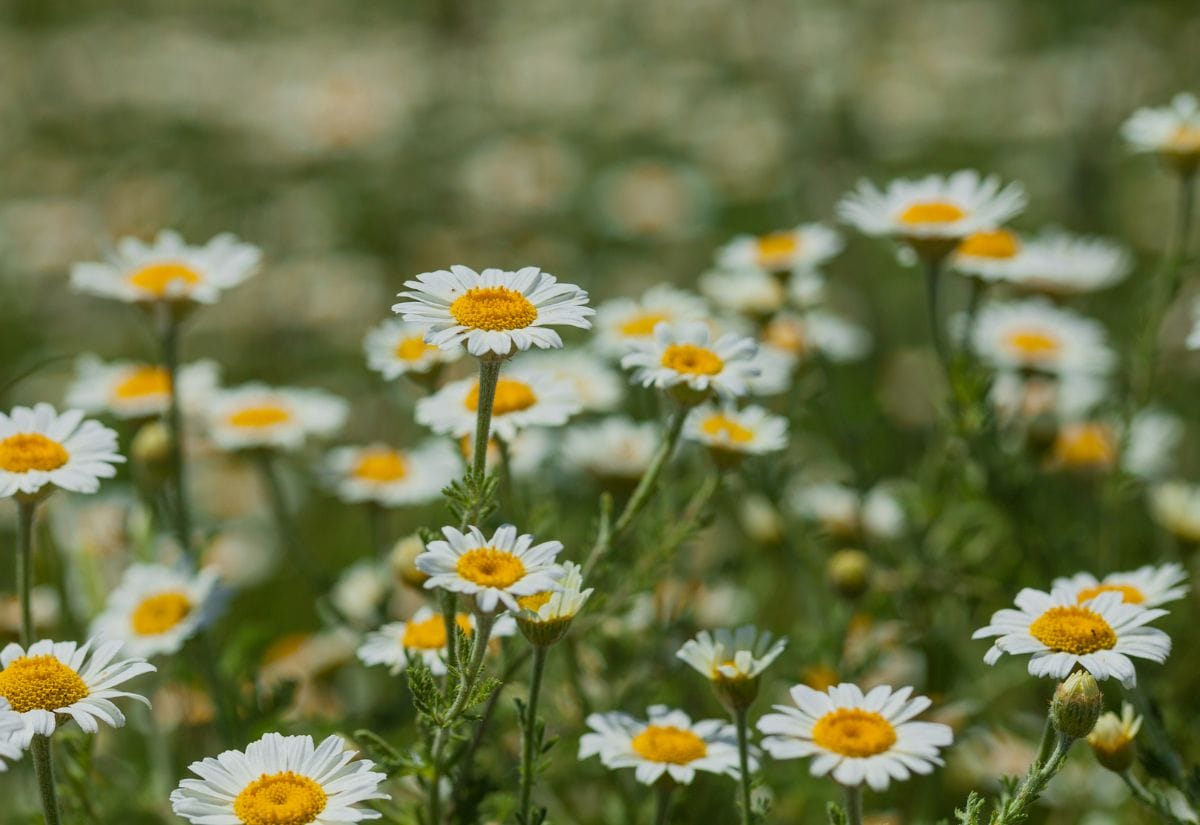
5. Comfrey (Symphytum x uplandicum)
Comfrey is the poster child for permaculture gardens. It’s almost cliché to plant it, except that it would be a shame not to grow this plant in your garden. Comfrey is perhaps the most important mulch plant. It’s at the top of the list of natural fertilizers, accumulating potassium, phosphorus, calcium, and a handful of other nutrients in its large leaves. It is commonly planted underneath fruit trees and throughout the vegetable garden.
Comfrey’s large leaves can be chopped and dropped frequently throughout the season to feed the soil or to add to a compost pile. The beautiful, bell-shaped purple flowers are popular with pollinators, and the giant leaves attract many types of beneficial insects looking for habitat. I prefer to plant the type called Russian comfrey because, like fennel, comfrey is quick to self-seed. However, the Russian comfrey variety has sterile seed and will play nicely in the garden without spreading.
Comfrey is also popular as poultry forage.
One of the most useful healing herbs, the dried leaves and roots of comfrey are often used in salves and tinctures.
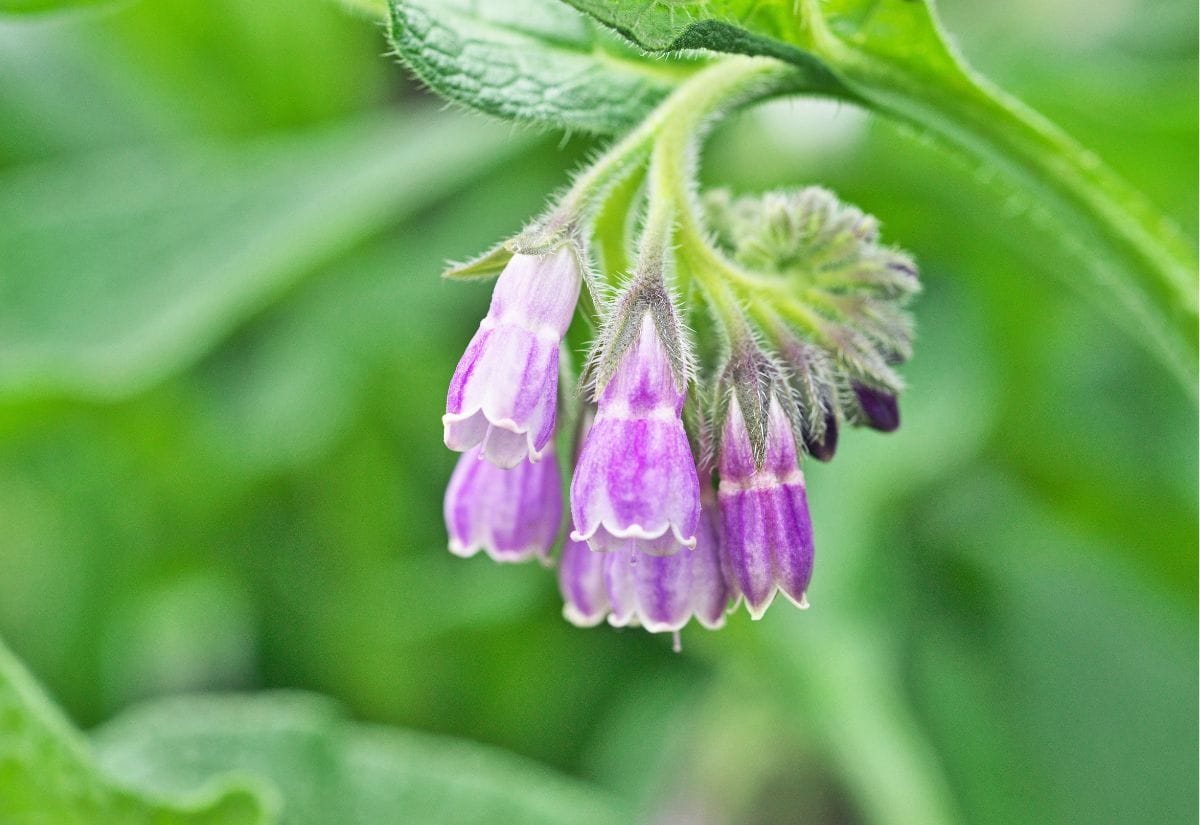
6. Chives (Allium schoenoprasum)
Chives are a more common herb, and for good reason. It’s useful in the kitchen and easy to grow. I love to walk outside in the middle of cooking and quickly snip a few leaves. The flowers are gorgeous and make a delicious edible garnish for salads.
Another fertilizer plant, chives, accumulates potassium and calcium. I like to plant chives at the ends of my garden beds. After giving the plants a haircut a few times a year, it’s easy to mulch the garden beds with the clippings to add some free fertilizer.
Pollinators will enjoy the beautiful flowers throughout late spring and early summer. The strong scent of chives is a deterrent to pests, so I plant it among my strawberry patch to deter pests attracted to the sweet scent of ripening strawberries (and fertilize the bed frequently with chive trimmings). Chives are said to repel fruit tree borers and other fruit tree pests and diseases, so I planted a ring of chives around the trunks of each of my cherry trees. Chives are said to be a good companion to carrots and tomatoes.
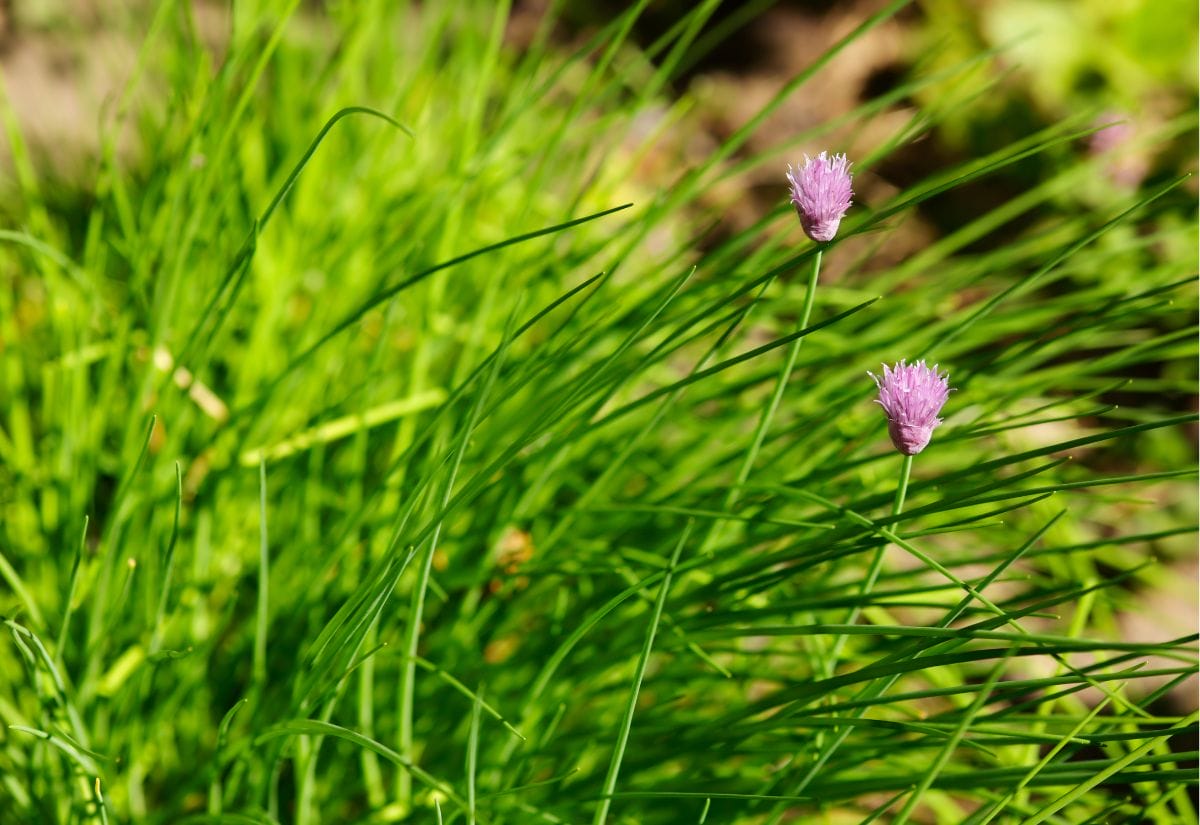
7. Clover (Trifolium repens)
One of the most useful additions to a productive garden, white clover is the only nitrogen-fixing herb on this list. All vegetable and fruit plants require nitrogen to produce healthy crops, but they can’t access the nitrogen in the soil. Rather, they need certain nitrogen-fixing plants that take nitrogen from the air and convert it to a form that’s usable by the roots of crops. That’s where Clover comes to the rescue.
There are many other nitrogen-fixing plants, but white clover is the easiest, in my opinion, to use in the garden. In addition to nitrogen, clover accumulates phosphorus. It is commonly used in orchards as a perennial living mulch under fruit trees to protect the soil and continuously provide fertilizer.
White clover is also frequently used in permanent garden pathways. It makes a great walkable ground cover, and the nitrogen will filter into the garden beds themselves. A favorite of honeybees, having white clover will only attract more pollinators and beneficial insects because it blooms all season long. It’s a common addition to poultry foraging mixes.
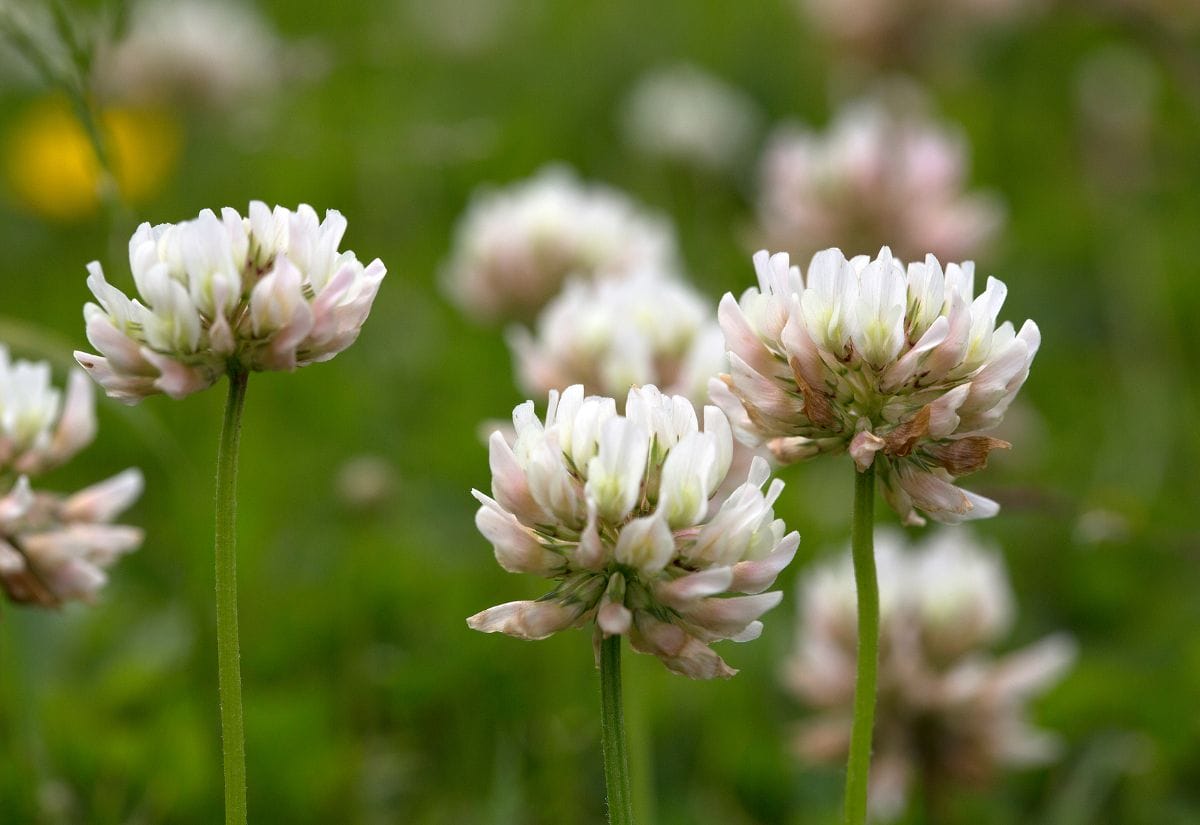
8. Lemon Balm (Melissa officinalis)
My love affair with lemon balm is fairly recent. It wasn’t until a couple of years ago that I discovered the magic of this herb. As an accumulator of phosphorus, it is a wonderful herb to have to grow in the vegetable garden or under fruit trees.
It has a clumping growth habit, so it won’t spread into areas you don’t want it to, but it is fast-growing and prolific, so it can be cut back frequently to use as a fertilizer.
Its scent will confuse pests in search of your vegetables or fruit crops. Often called the bee herb, the white flowers bloom all season and are popular with bees. Lemon balm’s foliage is a popular egg-laying site for lacewings, a beneficial insect. With a lemony mint flavor, lemon balm has top-of-the-line flavor as a culinary herb and as a tea. It has a long list of medicinal benefits to boot and is commonly used in natural remedies.
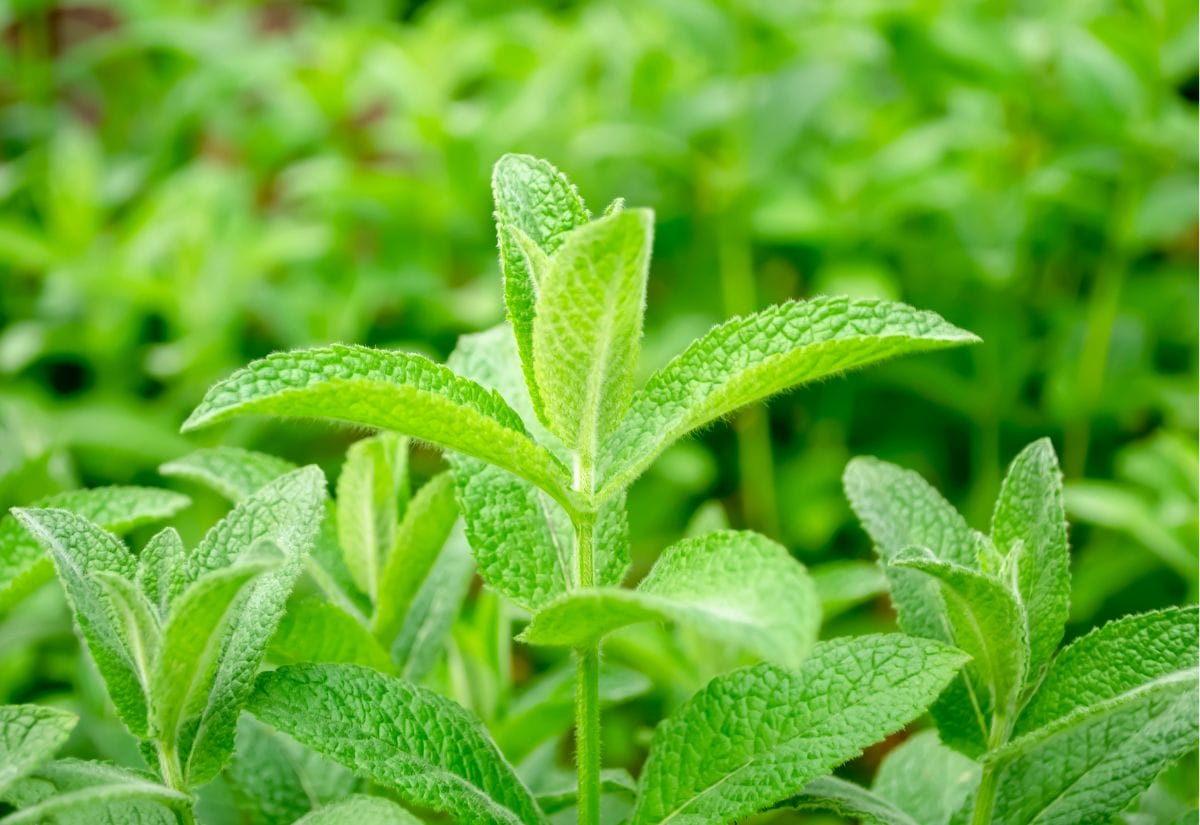
Frequently Asked Questions
If you are interested in the healing power of herbs and want to learn more about making your own herbal remedies, my book “From Soil to Salve: A Homesteader’s Medicinal Herb Handbook” has a lot of information on how to grow, harvest, and make herbal products from your garden’s bounty. This handbook is a must-have for anyone looking to harness the natural healing properties of herbs right from their own backyard. Discover more and get your copy today at From Soil to Salve: A Homesteader’s Medicinal Herb Handbook.
If you’ve found value in this blog post and enjoyed reading it, why not share it with your Pinterest community? Pin the image below and spread the love!
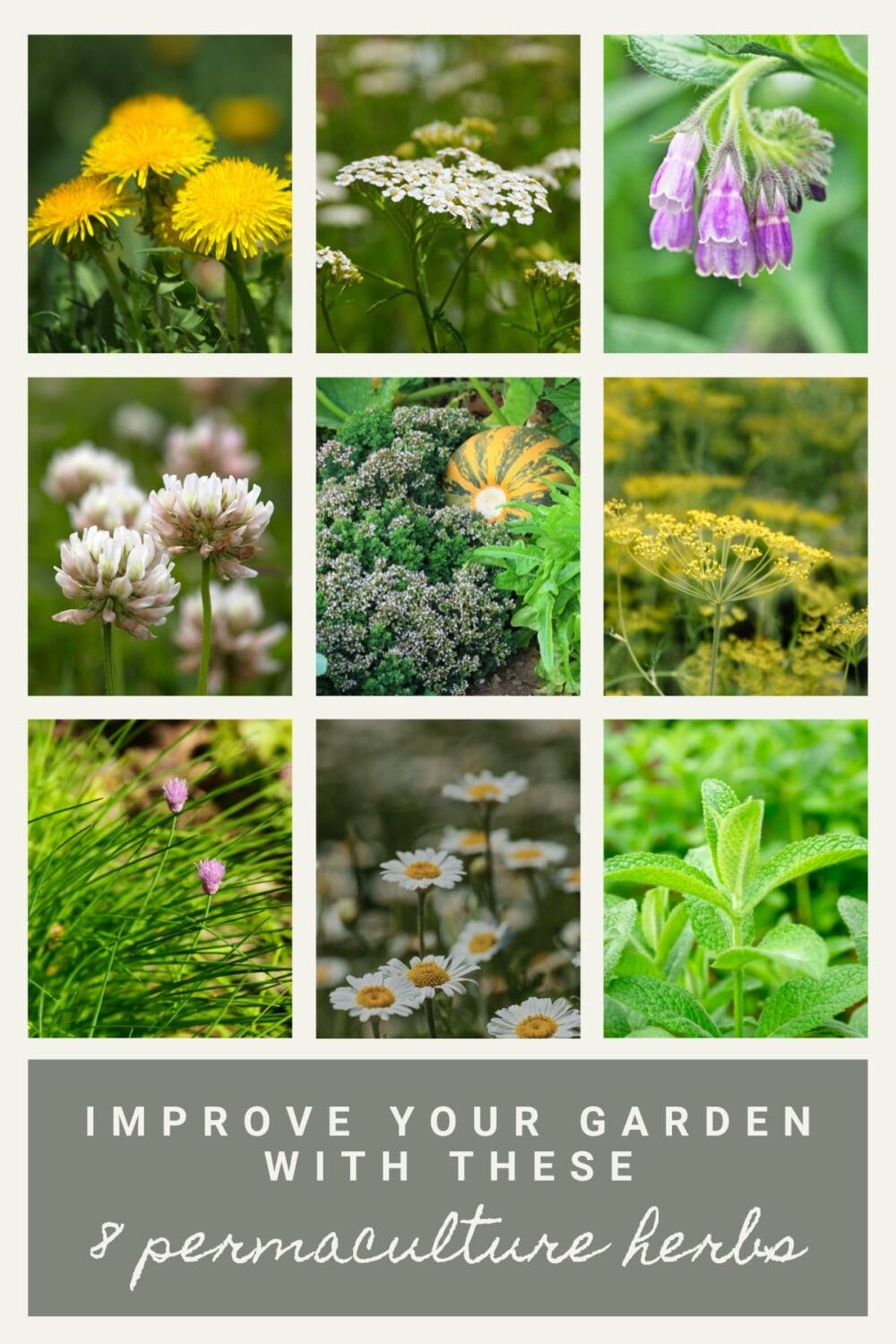
Having a permaculture garden is a rewarding experience. While this is by no means an exhaustive list of herbs for the permaculture garden, I hope this article gives you some ideas of how you can use herbs to improve your local ecosystem, increase the health of your garden, and reduce the amount of work you need to do to weed, fertilize, and manage pests.
Which of these permaculture herbs are you excited to add to your garden, and how do you plan to integrate them into your existing garden design?
